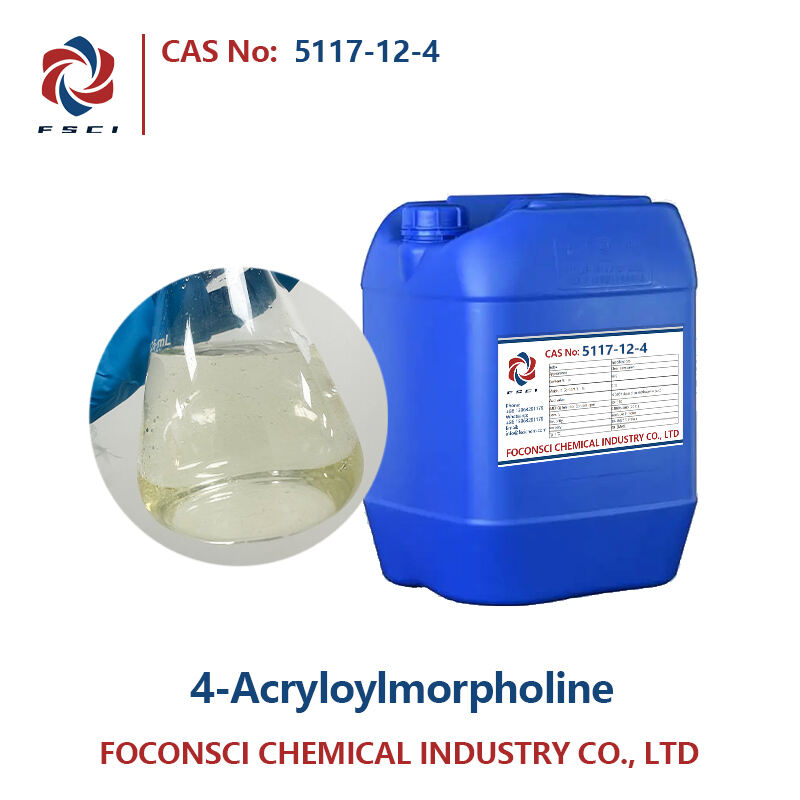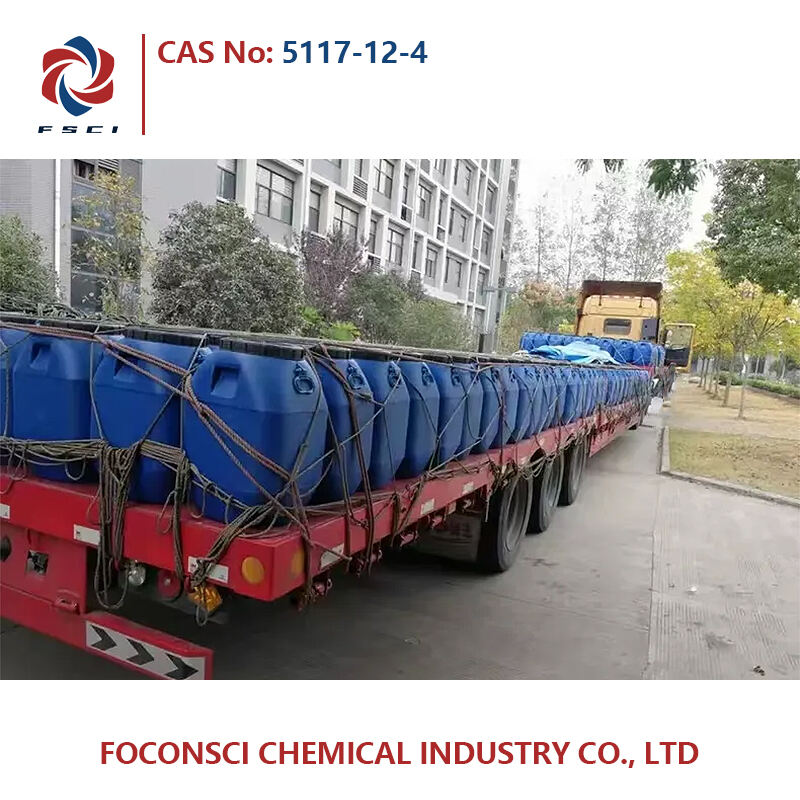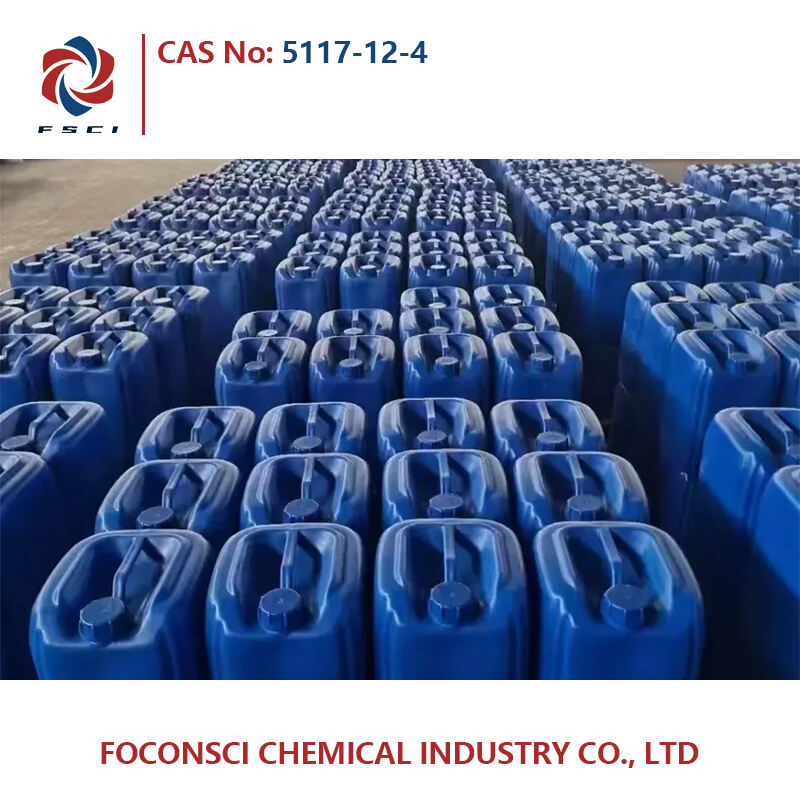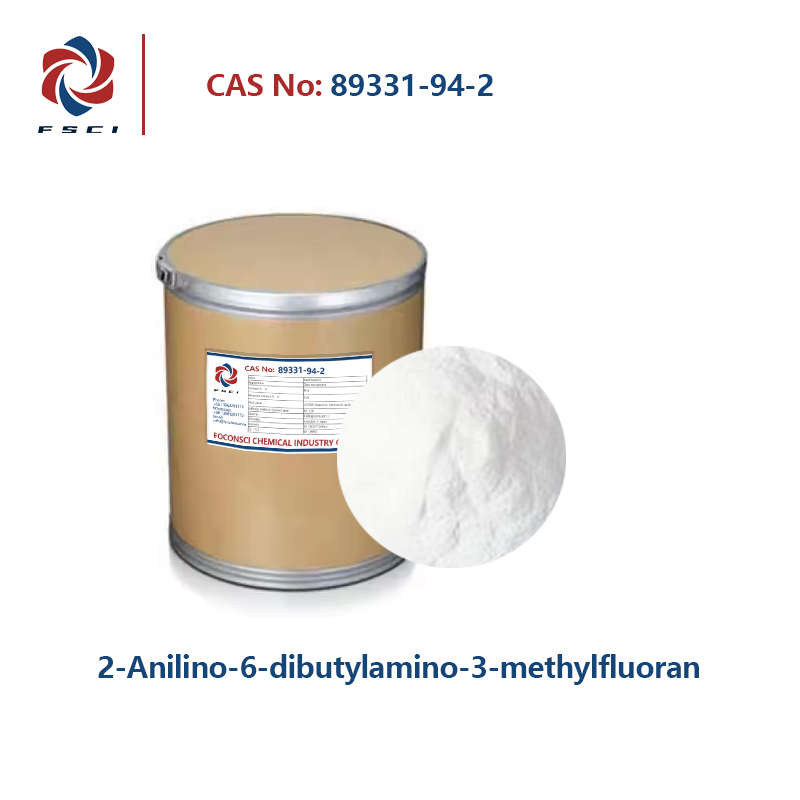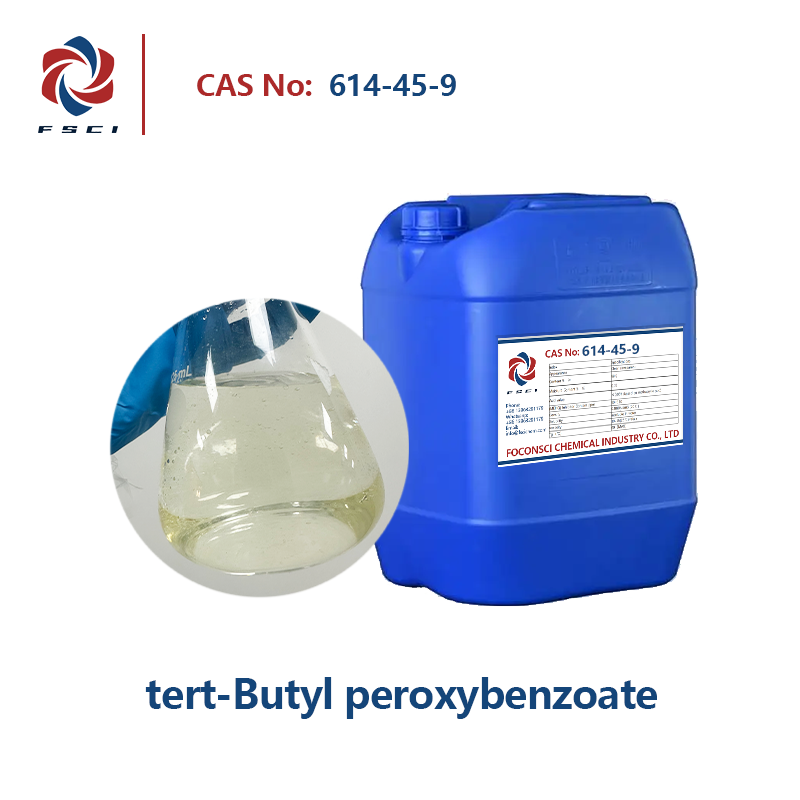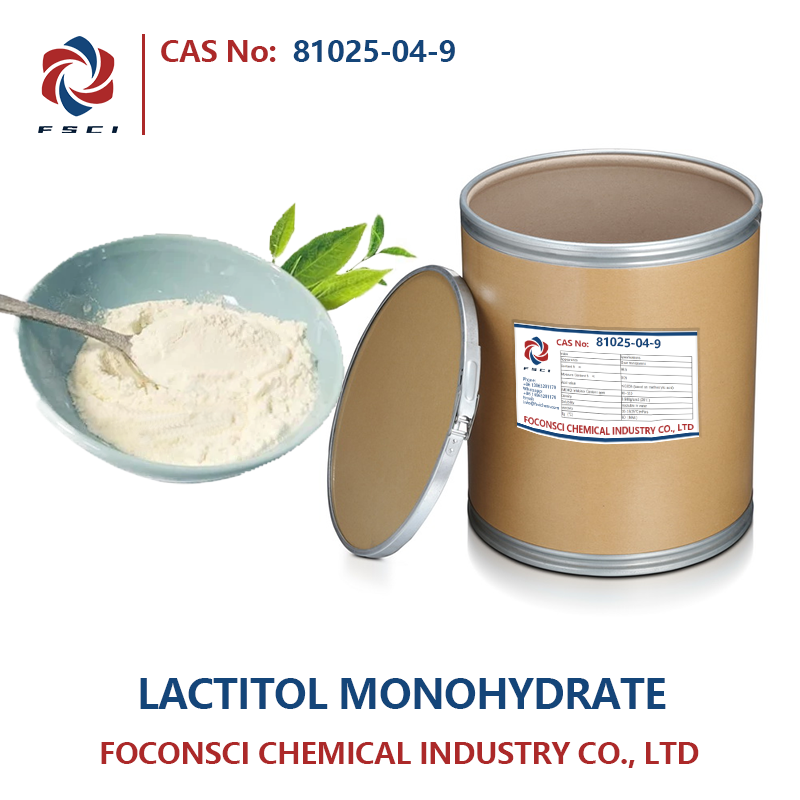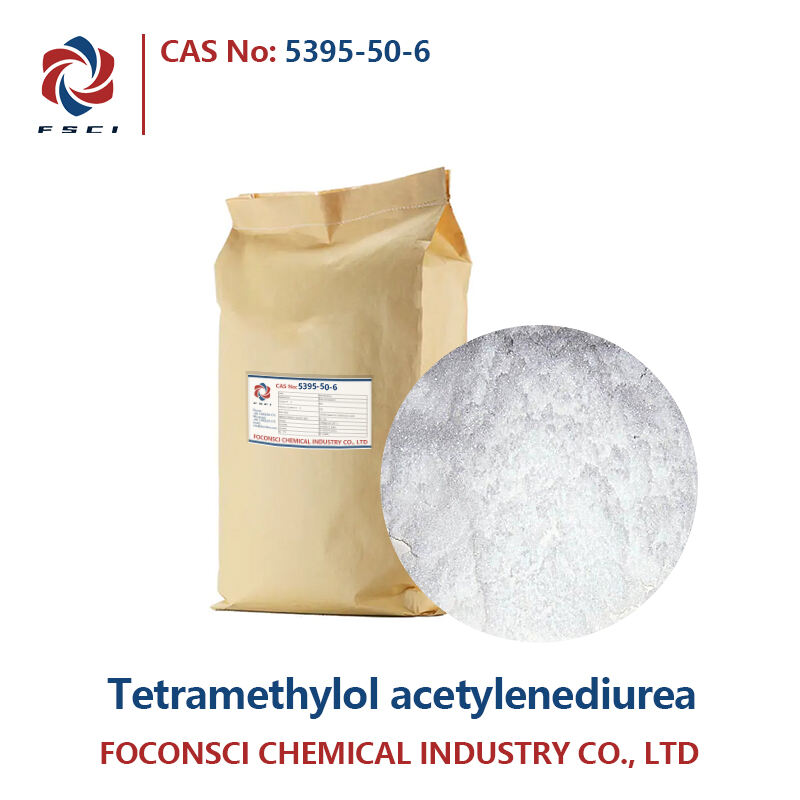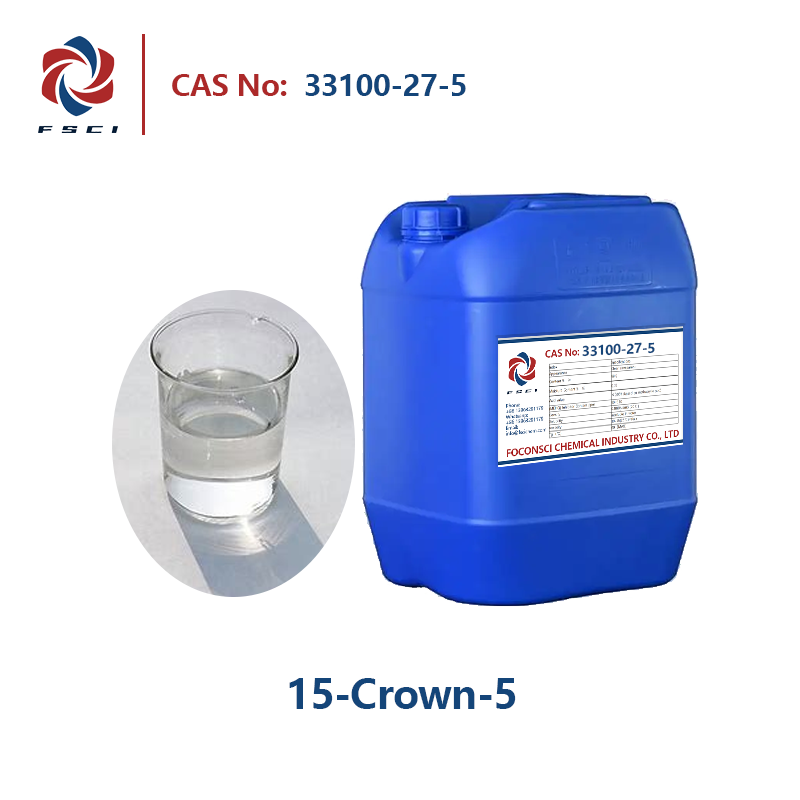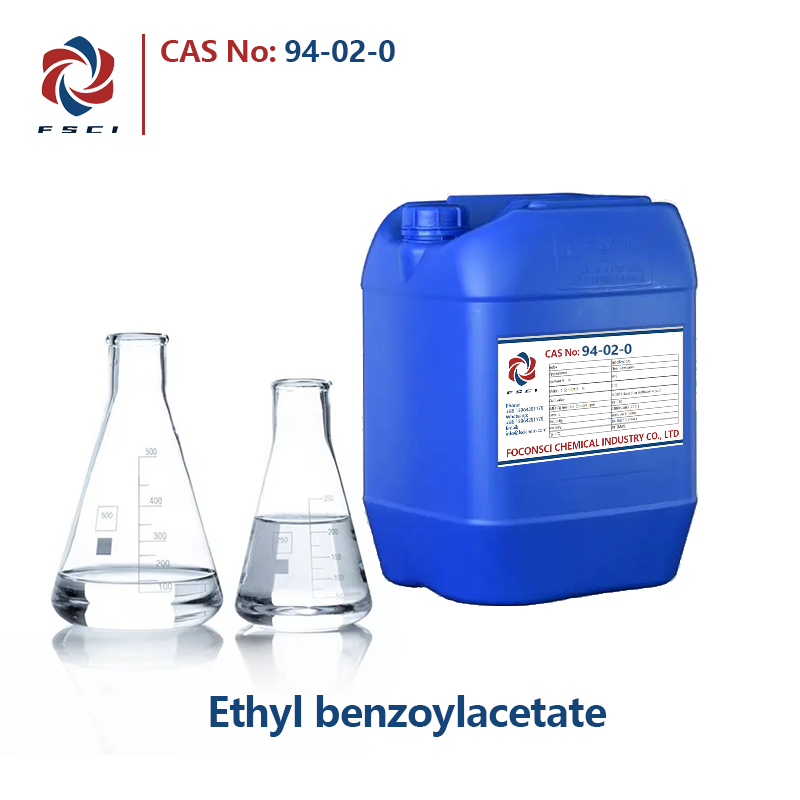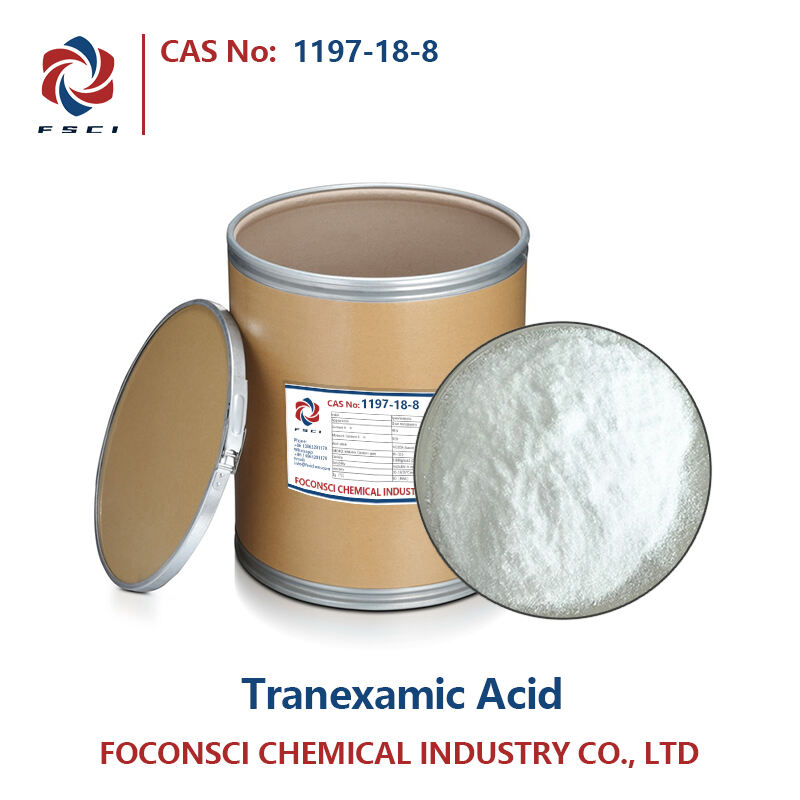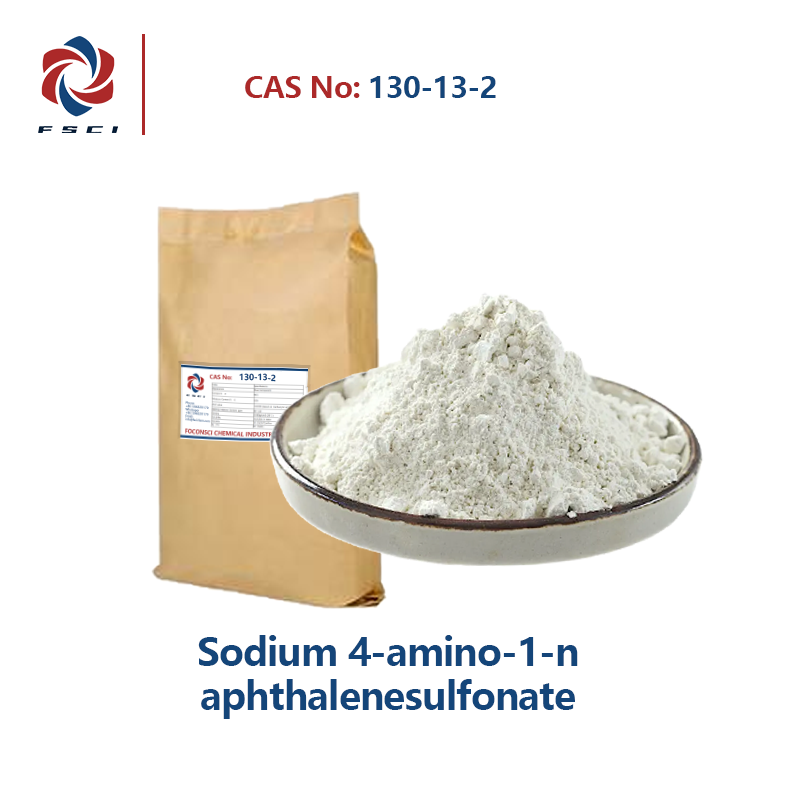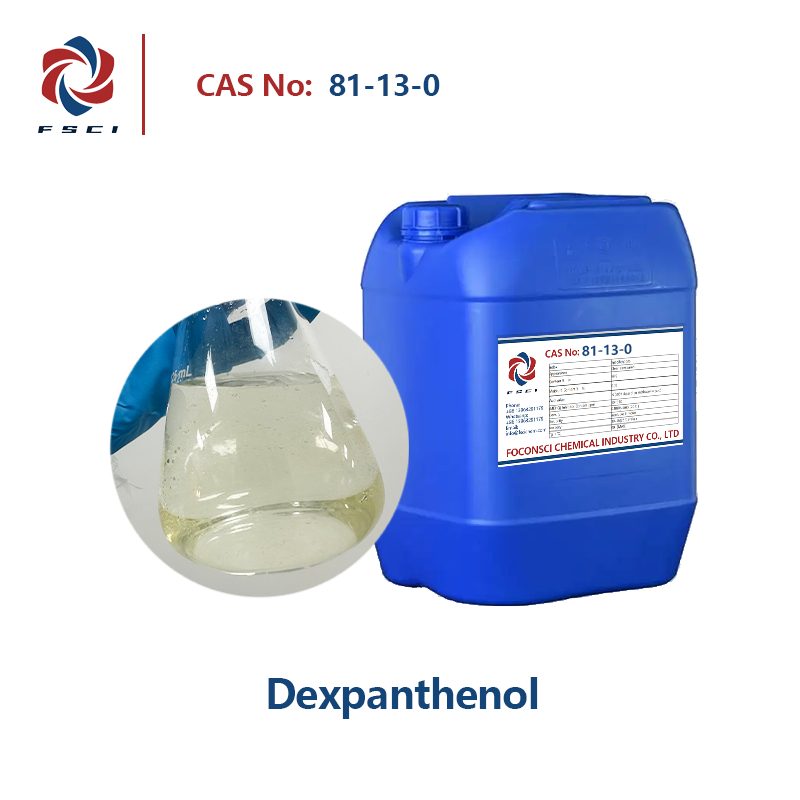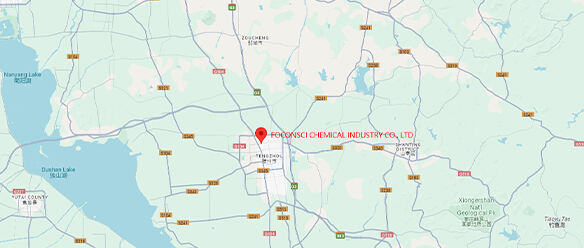4-Acryloylmorpholine CAS 5117-12-4
Chemical name: 4-Acryloylmorpholine
Synonymous names:ACRYLOYL MORPHOLINE;4-ACRYLOYLMORPHOLINE;N-ACRYLOYLMORPHOLINE
CAS No:5117-12-4
Molecular formula:C7H11NO2
Molecular weight:141.17
EINECS No:418-140-1
- Parameter
- Related products
- Inquiry
Structural formula: 
Product Description:
|
Items |
Specifications |
|
Appearance |
Colorless or light yellow transparent liquid |
|
Assay,% |
99 min |
|
Moisture content % ≤ |
0.3 |
|
Chroma ≤ |
50 |
Properties and Usage:
N-Acryloylmorpholine (CAS 5117-12-4) is a functional monomer with acryloyl and morpholine groups. It can copolymerize with other monomers to form polymers and materials with specific properties. It is suitable for polymer materials, water treatment, medicine, oilfield chemicals and photosensitive materials.
1. Polymer materials: N-Acryloylmorpholine can be copolymerized to form polymers with heat resistance, chemical resistance and excellent mechanical properties, which are used in the production of high-performance coatings, adhesives and sealants. It enhances the corrosion resistance of materials in coatings and improves adhesion strength and durability in adhesives.
2. Water treatment agent: In the preparation of reverse osmosis membranes, N-Acryloylmorpholine copolymerizes with other monomers to form membrane materials with high pollution resistance and chemical stability. These membranes show excellent pollution resistance in industrial water treatment and seawater desalination, which helps to improve water treatment efficiency and membrane service life.
3. Medical field: N-Acryloylmorpholine is used in the synthesis of drug controlled release systems and biomedical materials due to its biocompatibility. It can be used as a biodegradable drug carrier, which helps to release drugs stably and improve drug efficacy. Its polymer is used for controlled-release microspheres to optimize drug release rate and achieve more accurate drug treatment.
4. Oilfield chemicals: N-acryloylmorpholine is used as an anti-mud contaminant and viscosity reducer. Its polymer can effectively reduce mud viscosity during drilling operations and maintain chemical stability in high temperature and high pressure environments, thereby improving oil well production efficiency.
5. Photosensitive materials: N-acryloylmorpholine is a key raw material for high-resolution photoresists, which are used in microelectronics manufacturing and semiconductor industries. The photoresists prepared by it have excellent chemical stability and fine image resolution capabilities, and are suitable for high-precision manufacturing, such as chip production.
Storage conditions: Store in a cool, dry place, away from direct sunlight.
Packing: This product is packed in 25kg Barrel, and it can also be customized according to customers' requirements


 EN
EN
 AR
AR
 BG
BG
 HR
HR
 CS
CS
 DA
DA
 NL
NL
 FI
FI
 FR
FR
 DE
DE
 EL
EL
 HI
HI
 IT
IT
 JA
JA
 KO
KO
 NO
NO
 PL
PL
 PT
PT
 RO
RO
 RU
RU
 ES
ES
 SV
SV
 TL
TL
 IW
IW
 ID
ID
 LV
LV
 LT
LT
 SR
SR
 SK
SK
 VI
VI
 HU
HU
 TH
TH
 TR
TR
 GA
GA
 CY
CY
 KA
KA
 LA
LA
 MN
MN
 KK
KK
 LB
LB

